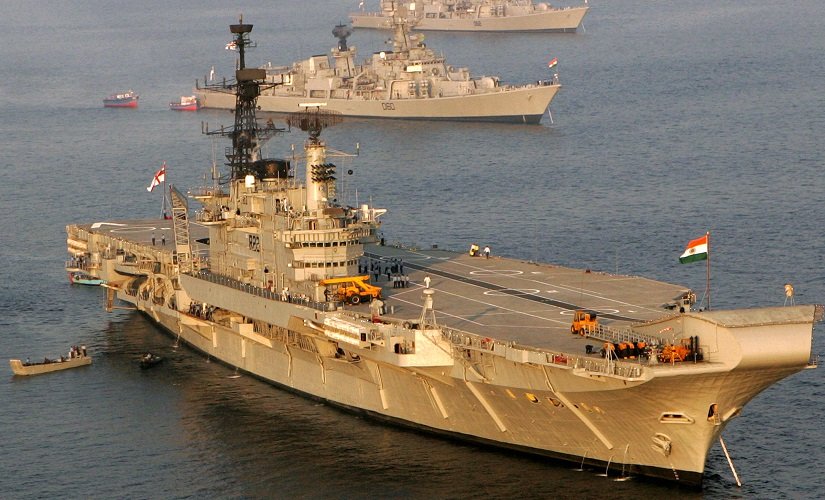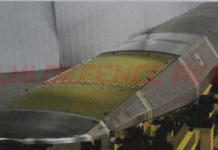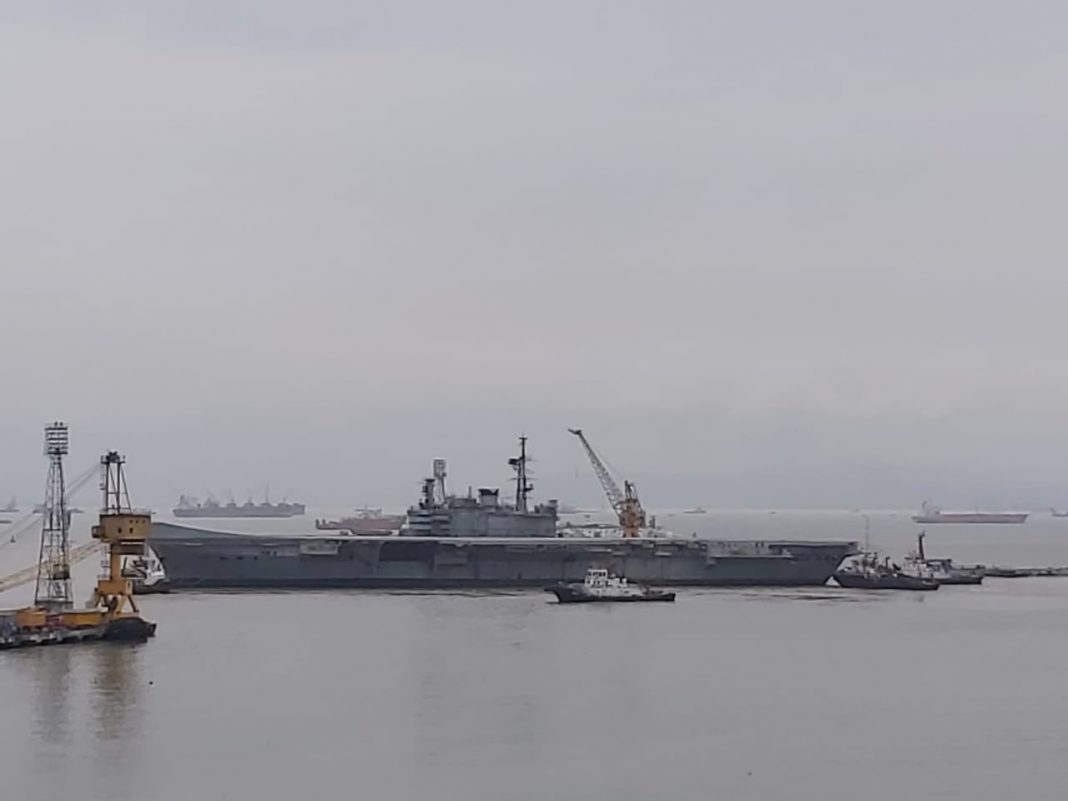INS Viraat, which served as the flagship of the Indian Navy (IN) for almost three decades from 1987 to 2016, was quietly towed away from her homeport to a Gujarat scrapyard last Saturday. This time around, there were hardly any shrill voices screaming for attention to convert it to a monument or a maritime museum. No major inches of column space were used up in lament either. Just a timid farewell, perhaps attended by a few officers and men in white who raised their hands in a final salute as the grand old lady sailed to meet her fate.

Rewind to 2014. The same fate was met by INS Vikrant that year, a good 16 years after she was decommissioned, since no decision on her future role could be being taken in the intervening period only to let the shipbreakers make scrap out of history in the final analysis. Mind you, that was the best decision at the time for Vikrant and so is perhaps the decision to scrap Viraat now. It is better to allow an old warhorse to fade away rather than allow it to face the ignominy wrought upon by the indecision and apathy of human minds.

Talk is cheap. Making a maritime museum is not. Developing a maritime outlook and consciousness is downright expensive. Not just in monetary terms but also with respect to the political, academic and cultural capital that need to be invested. We can talk of ‘blue economies’, ‘maritime strategy’, SAGAR, ‘India being a maritime nation with our future deeply connected to the seas’ etc., but for such stories to gain traction and permeate the national consciousness one needs the support of symbols. And it is here that Vikrant and Viraat could have played a role. If only.
Vikrant and Viraat have both left priceless legacies for the IN, nevertheless. There are many views on which of the two contributed more to operations, tradition and the building of modern India’s Navy. Both, of course, have contributed immensely. The crowning glory of Vikrant being the operations in East Pakistan in 1971, which is why it is posthomously seen as better ‘museum material’. Be that as it may, having served on Viraat, I am convinced that the role of Viraat in shaping the IN has been enormous. Our learning curve for carrier operations became considerably steeper with Viraat – the Vikrant days were evidently more basic. We embraced modern carrier aviation and blue-water operations, thanks almost exclusively to Viraat. Several other core professional aspects like Damage Control, Fire-fighting and Safety became significant with the induction of Viraat. It was no mean contribution.
It is not surprising that we scrapped both ships. The common understanding is that we did not find a viable financial model for an aircraft carrier museum. The truth is that every big endeavour has to serve some political, economic or religious purpose for it to find acceptance and the resultant will to invest in the effort. Obviously, we have not yet found our purpose as a nation towards nurturing a maritime consciousness. Regardless, I have hope that the next carrier will meet a better fate.
We have more than twenty years to make our next ‘post-retirement future’ decision with respect to Vikramaditya and perhaps more than thirty years for the next avatar of Vikrant that is currently under construction at Kochi and will also be our first home-built aircraft carrier. Will we consign them to the scrapyard as well one day? By all cultural indications – yes. I may not live to see that day – it will be just as well – it might be too much of a heartbreak.
The views expressed above are personal
© Delhi Defence Review. Reproducing this content in full without permission is prohibited.
































